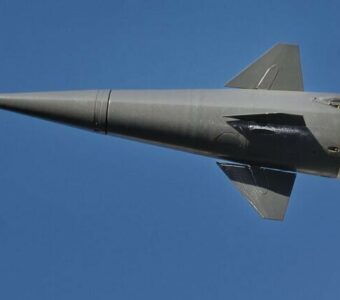"Almost like a lunar landscape": Czech and Ukrainian ecologists analyze pollution impact in Dnipro following Kakhovka dam destruction
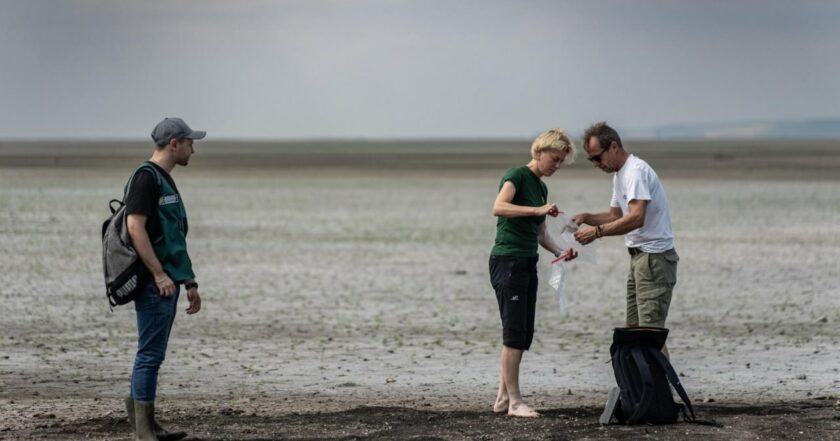
Photo: Rubryka
The Czech environmental company tested exposed areas of the bottom of the Dnipro River in Ukraine's Dnipropetrovsk region to find out which bottom sediments could eventually get into the air.
Rubryka reports that based on the testing results, the experts will create recommendations for environmental restoration.
What is the problem?
Draining of the Kakhovka Reservoir caused by Russia's destruction of the Kakhovka dam in the Kherson region may lead to harmful sediments, which have been accumulating at the bottom of rivers and reservoirs for years, blowing away by the wind after the banks are completely dry. How dangerous they will be for human health and the environment as a whole is still unknown.
The situation is now being monitored with the help of the Ecocity public air quality monitoring network:
"At this time, we have not recorded a significant increase in the dustiness of sediments at our stations. From what I saw in the places we visited, the sediments and silt are still quite wet. But we expect dust (PM 10) to increase as the precipitation dries out," says Marcela Černochová, a representative of the Czech non-profit organization Arnika, thanks to which there is an Ecocity public air quality monitoring system in Ukraine. "However, we have already recorded high values of the odor concentration (measured by an electronic nose), which is very likely related to this disaster."
It was the first visit of Arnika representatives to Ukraine. During one of their previous visits, Rubryka interviewed Marcela and her colleague Martin Skalský to find out how the Ecocity network came about and how it works.
Now Marcela is back in Ukraine. This time, she is here to record the environmental consequences of the Russian terrorist attack at the Kakhovka Hydroelectric Power Plant (HPP) and develop a plan to restore the environment.

Photo: Rubryka
What is the solution?
Marcela Černochová, together with members of the Clean Air for Ukraine team, came to Dnipro and Zaporizhzhia to collect sediment samples from the Dnipro River and part of the Kakhovka dam near Zaporizhzhia and to take two samples from craters created by Russian S-300 missiles.
How does it work?
"We visited only a small area at the mouth of the Kakhovka dam, but even there, our impressions were very emotional – a mixture of sadness, anger, and disappointment," Marcela Černochová told Rubryka. "It's like in an apocalyptic movie, but it's reality. Endless, boundless, drained areas are everywhere you look. Almost like a lunar landscape or a desert, but still wet and dirty."
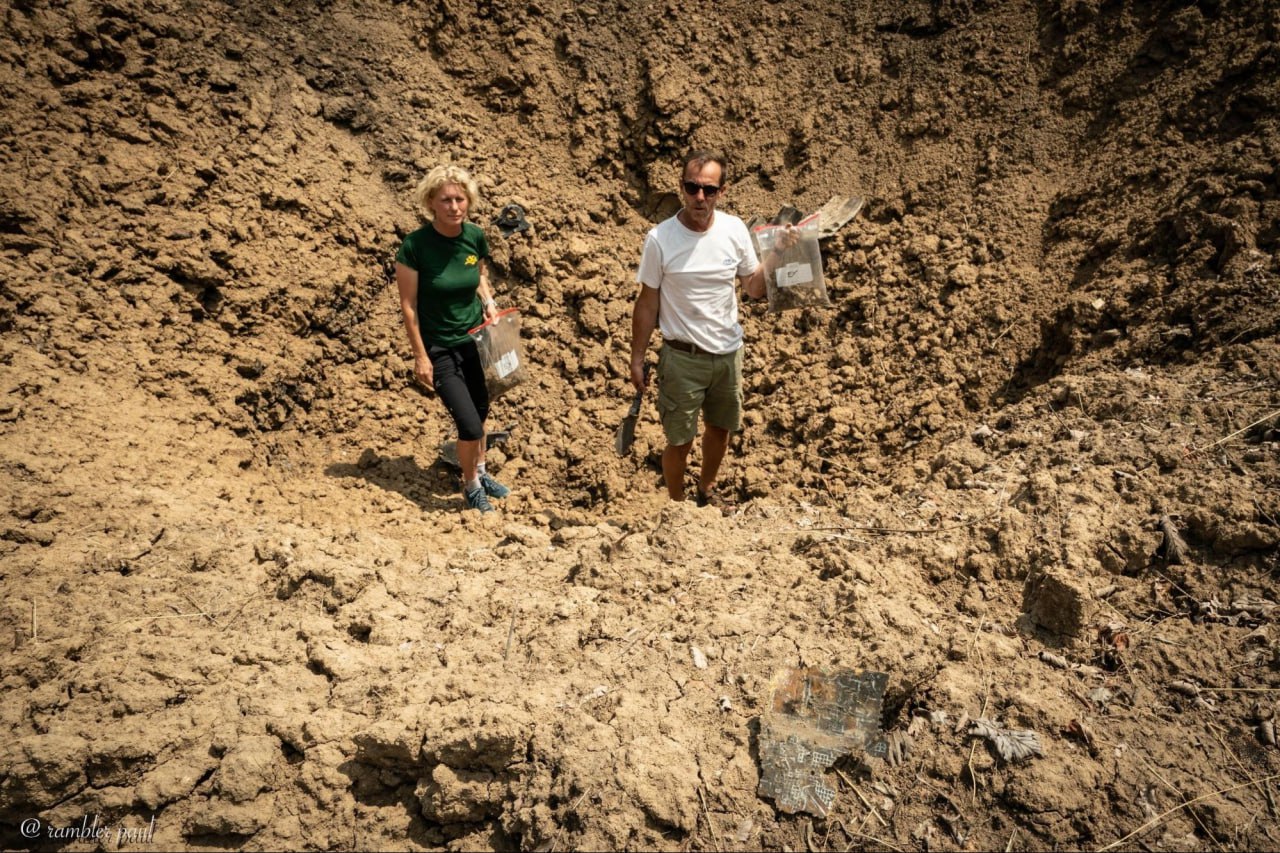
Photo: Rubryka
The samples will be delivered to the Czech Republic to the certified Dekonta laboratory, which will perform the testing.
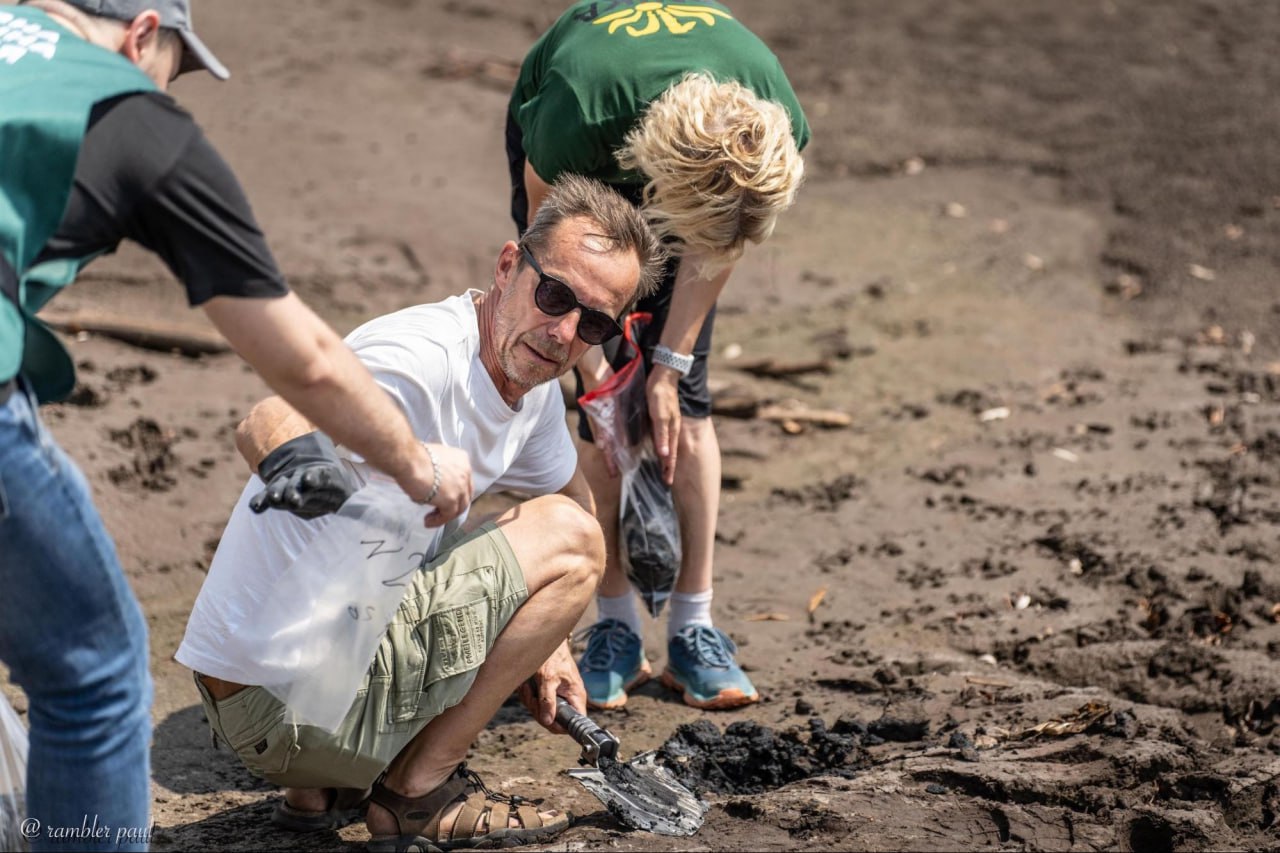
Photo: Rubryka
"It is difficult to predict what will be found, especially in the deposits in the Dnipro River and Kakhovka. Several different analyzes will be conducted for the content of mercury, heavy metals, petroleum hydrocarbons, polycyclic aromatic hydrocarbons, organochlorine pesticides, polychlorinated biphenyls, and cyanides," says Marcela Černochová. "We will use standard tests, such as gas and liquid chromatography or spectrometry, compare the results with EU limits and assess the potential risks to human health."
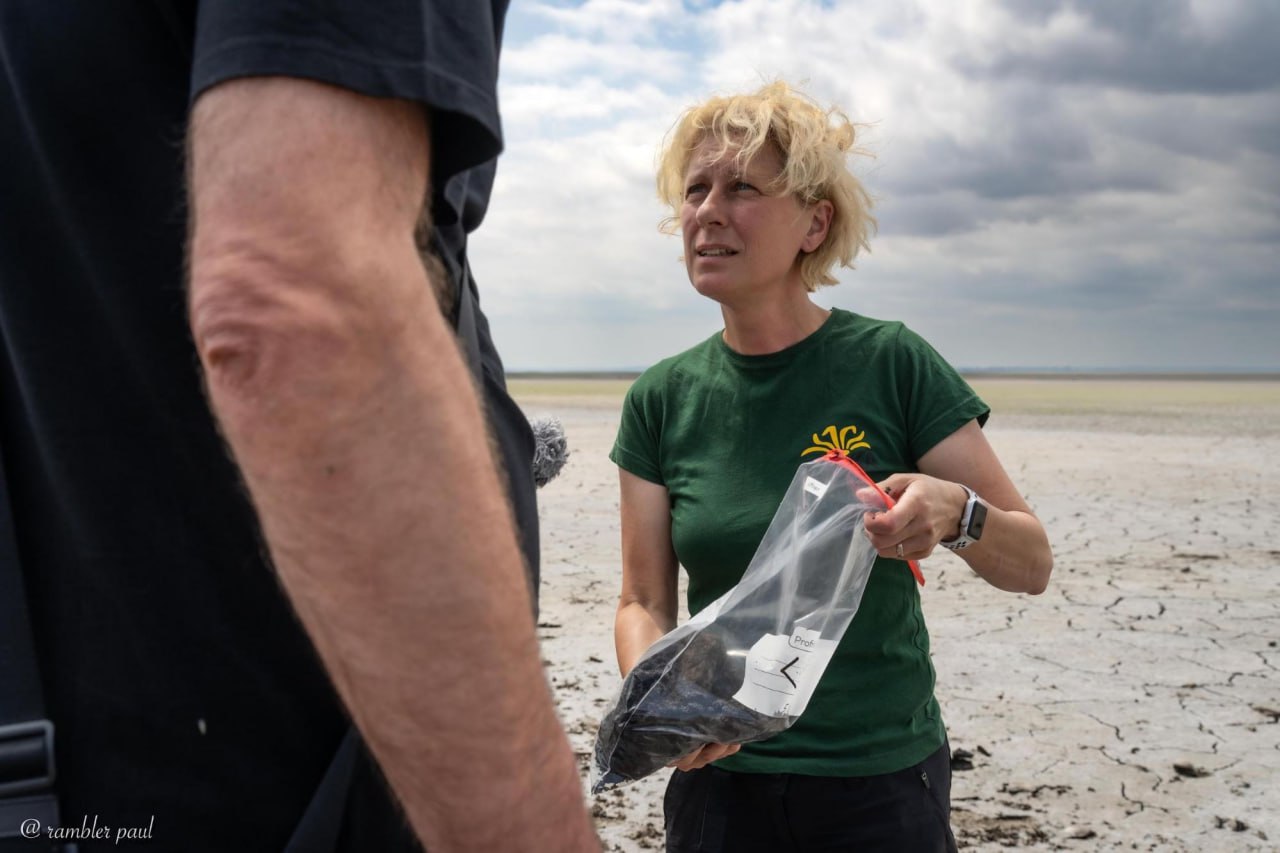
Photo: Rubryka
Based on the results of the analysis, Arnika will develop a recovery plan, and conservationists will learn to create recommendations for site management and possible restoration. This program will be aimed at restoring the environment of the Dnipropetrovsk region:
"This is a pilot action of a larger project, which is at the preparation stage, and which will be focused on the inventory of contaminated territories in the Dnipropetrovsk region," says Marcela.
Background
As Rubryka reported, on the night of June 6, Russian invaders blew up the Kakhovka hydroelectric power station. Due to flooding caused by the Russian destruction of the plant, 160,000 birds and more than 20,000 wild animals were at risk of death.
The Ukrhydroenergo state water operator stated that the Kakhovka plant is destroyed and cannot be restored. However, the Ukrainian government approved a resolution on an experimental project to begin the reconstruction of the Kakhovska HPP.






